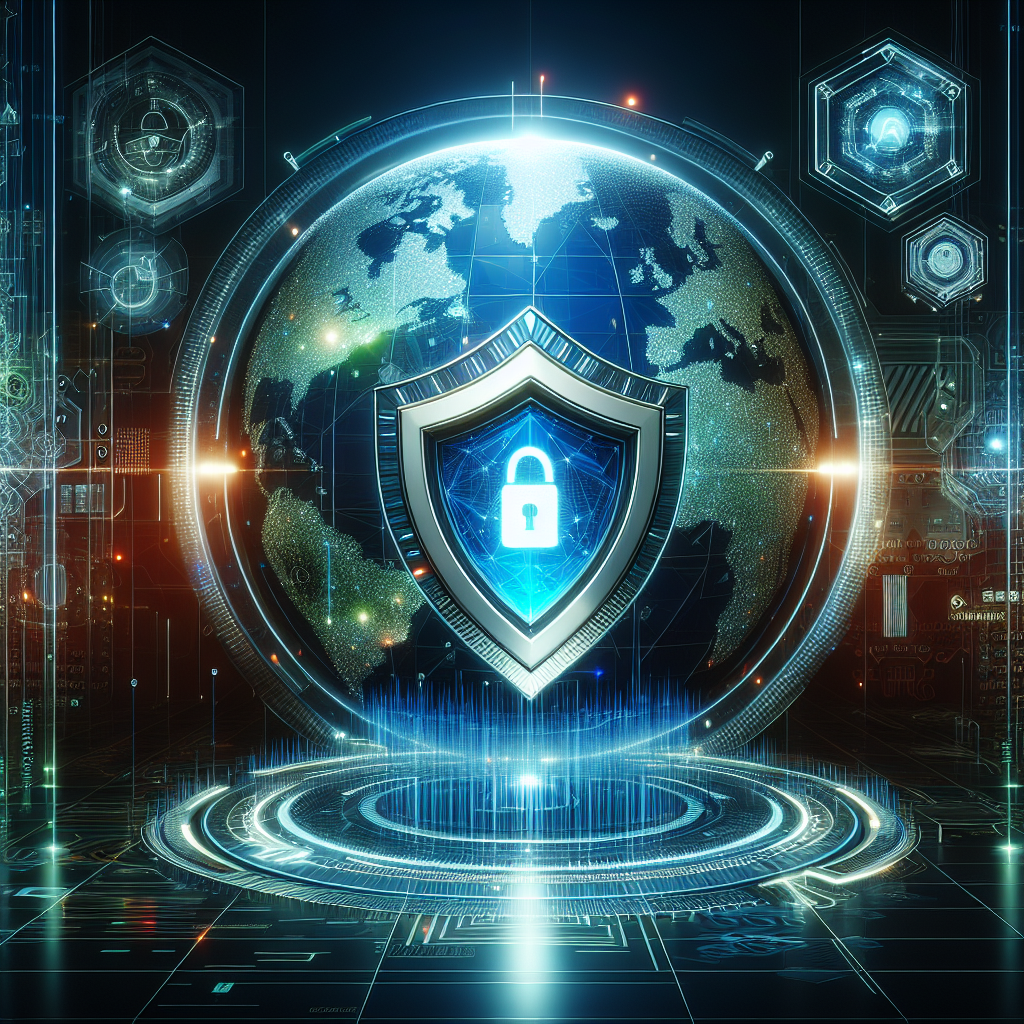Top Cybersecurity Threats and Tips Unveiled: Weekly Recap Insights
The cyber world never sleeps, and every week brings a new wave of threats, exploits, and challenges for individuals and organizations alike. From ransomware campaigns targeting critical systems to evolving phishing tactics preying on unsuspecting users, cybersecurity is a continually escalating battle. In this weekly recap, we explore the top cybersecurity threats identified this week, along with actionable tips to keep you better protected in an ever-risky digital landscape.
Top Cybersecurity Threats of the Week
1. Ransomware: The Resilient Menace
Ransomware attacks continue to dominate the cybersecurity landscape, with attackers evolving their strategies to maximize impact and ROI. This week, reports emerged of several high-profile ransomware incidents targeting critical industries like healthcare, education, and logistics. Cybercriminals not only encrypt critical data but also use double extortion tactics, threatening to leak sensitive information if ransoms aren’t paid.
- Key Insight: Threat actors are increasingly exploiting vulnerabilities in legacy systems and end-of-life software products.
- Noteworthy Attacks: A significant incident affected a major hospital network, delaying operations and endangering lives.
2. Phishing Scams: Smarter and More Sophisticated
Phishing, the age-old tactic of tricking users into revealing sensitive information, witnessed a new wave of attacks this week. Hackers are using AI-powered tools to create hyper-personalized phishing emails that mimic legitimate communication from banks, employers, and service providers.
- Key Insight: AI tools are making phishing attacks more difficult to detect, even by seasoned cybersecurity professionals.
- Emerging Trend: SMS-based phishing (smishing) has seen a sharp rise, targeting users via fraudulent text messages.
3. Zero-Day Vulnerabilities Target Critical Infrastructure
A critical zero-day vulnerability disclosed this week in a widely used enterprise software suite sent shockwaves across the cybersecurity community. Exploited by nation-state actors, this flaw allowed attackers to gain unauthorized remote access to systems before vendors could release patches.
- What’s at Stake: Critical infrastructure, including energy grids and water treatment plants, faced potential disruptions.
- Immediate Action: Organizations scrambled to implement temporary mitigations to protect sensitive systems until an official patch became available.
Actionable Cybersecurity Tips to Protect Yourself
1. Stay Ahead of Ransomware
To combat ransomware:
- Backup Regularly: Ensure critical data is backed up and stored offline.
- Patch Vulnerabilities: Regularly update all software, operating systems, and applications to address known flaws.
- Educate Your Team: Train employees on recognizing suspicious emails and files.
2. Strengthen Defense Against Phishing
Protect yourself from phishing attacks with these steps:
- Use Multi-Factor Authentication (MFA): Add an extra layer of security to your accounts.
- Verify Sources: Always verify the sender’s email address before clicking any links or downloading files.
- Install Anti-Phishing Tools: Use email filtering tools and browser plugins to detect and block phishing attempts.
3. Act Quickly to Address Zero-Day Exploits
Zero-day vulnerabilities demand rapid response:
- Stay Informed: Follow cybersecurity bulletins and advisories for updates on vulnerabilities.
- Segment Networks: Isolate critical systems to limit exposure in case of breaches.
- Test and Update: Regularly test your systems and update defense mechanisms with the latest patches.
Emerging Trends in Cybersecurity
This week also highlighted several emerging cybersecurity trends shaping the future:
- AI-Powered Attacks: Hackers are increasingly leveraging artificial intelligence to automate attacks, making them more sophisticated and scalable.
- Supply Chain Attacks: Threat actors are infiltrating third-party vendors to target entire ecosystems.
- IoT Security Risks: With the proliferation of smart devices, vulnerabilities in IoT ecosystems pose significant risks to both consumers and businesses.
Conclusion: Stay Vigilant and Informed
The evolving nature of cybersecurity means staying ahead requires both vigilance and adaptability. Whether it’s safeguarding yourself against the latest ransomware tactics or staying informed about emerging vulnerabilities, taking proactive steps can make all the difference. By implementing the actionable tips mentioned above and making cybersecurity a continuous priority, you can minimize risks and protect your digital assets.
Stay tuned for our next weekly recap to stay updated on the latest cybersecurity insights. Remember, in the world of cyber threats, information is your best defense.
If you found this article helpful, share it with your network to spread awareness about the importance of staying protected in the digital world.
</>







Leave a Reply